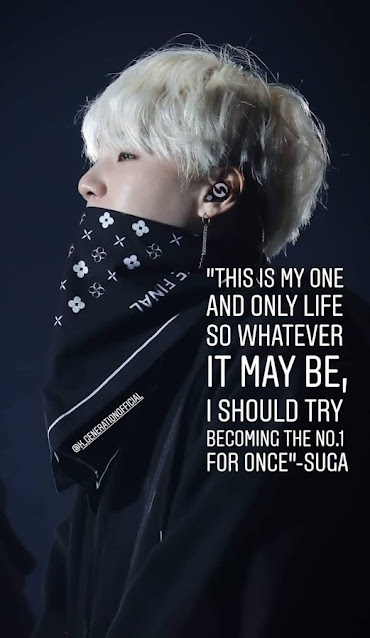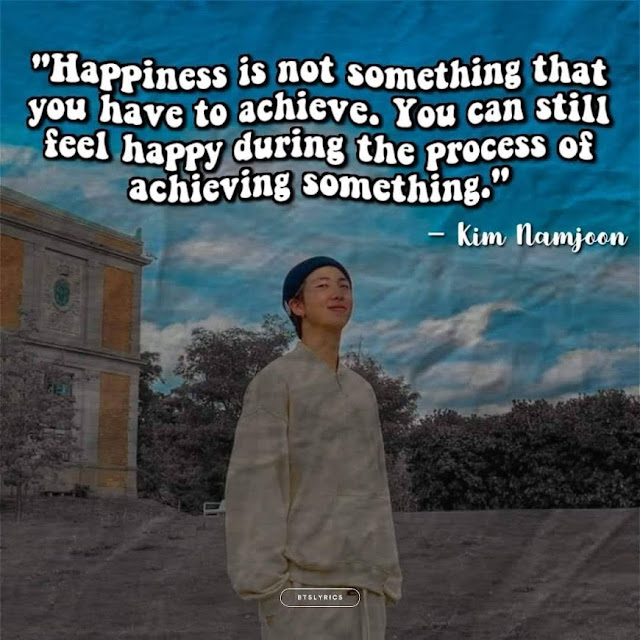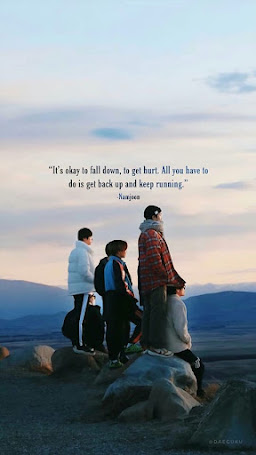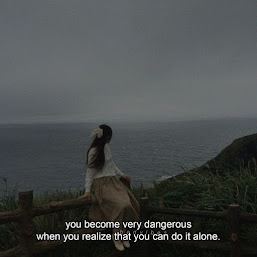The Fate of Ashitaka and the Wild World of Princess Mononoke
The self-cleaning creature breezes itself away in a swirl of disgust and curses. Unfortunately for Ashitaka, he’s left with more than just a slimy arm souvenir—his curse will slowly spread and eventually kill him. The village’s wise woman, basically tells him, “Well, kid, your only option is to head west, find the source of all this corruption, and maybe stop it before you meet a rather unfortunate, curse-related end.” As Ashitaka prepares to set off on his quest—without a grand farewell, because his society’s rules are all about ghosting—his little sister Kaya runs out with a parting gift: a crystal dagger that’ll later come in handy for impressing a certain wolf-girl. So off he goes into the night, trading gold for rice (which is probably not the best investment strategy, but hey, you gotta eat). Along the way, he bumps into Jigo, a monk who may or may not have the answer to Ashitaka’s predicament, but it comes with a hefty price tag: certain death. Not the best deal, but Ashitaka's not exactly swimming in options.
Jigo points him westward, where he stumbles into a world that feels like it’s straight out of a corporate dystopia and meets Lady Eboshi, the leader of Iron Town She’s shooting wolves and running her ironworks empire with ruthless efficiency. Marginalized people love her. She’s taken in brothel workers, lepers, and anyone else society has cast aside, giving them a purpose, security, and dignity. Everyone in Iron Town seems genuinely happy—even the lepers, who tend to her gardens with serene smiles. Lady Eboshi has made herself a beacon of hope in a system that typically crushes people like them under its iron boot. But there’s a catch (isn't there always?). Her booming industry is chopping down forests, angering the wolves and their adopted daughter, San—a wild, fierce girl raised by wolves after her human parents abandoned her. San has empathy for all the creatures of the forest, and her love for the wilderness puts her in direct conflict with Lady Eboshi’s human-centric progress. In her eyes, Eboshi is the enemy, and the only way to save her forest family is to destroy Iron Town.
Ashitaka, naturally, finds himself right in the middle of this epic showdown. On one side, we have San, who’s on a one-woman (and wolf-pack) mission to bring down Iron Town. On the other, Lady Eboshi is aiming for the ultimate prize: the head of the mystical Forest Spirit, a god who controls life and death. Ashitaka does what any reasonable protagonist would do—tries to stop both of them from killing each other. Simple, right? Yeah… not so much. San charges Iron Town, Lady Eboshi goes hunting for the Forest Spirit, and the tension reaches a boiling point. By the end, the Forest Spirit is dead, Iron Town lies in ruins, and neither side gets what they want. It’s the perfect example of how war destroys more than it ever builds.
A Message of Harmony and Reflection: Princess Mononoke’s Timeless Lessons
In the end, Princess Mononoke leaves us with a profound message about the delicate balance between nature, humanity, and progress. The destruction of both parties—Iron Town and the forest—shows that the dualities of life are rarely resolved cleanly. The characters learn that while the world may never be purely good or bad, living in harmony with both nature and fellow humans is vital for survival. The demon of hatred and greed that resides within all of us must be kept at bay by cultivating love and understanding. The movie is a pitch-perfect example of why conflicts escalate so quickly—because no one ever wants to back down. But sometimes, it’s okay to admit you're wrong. Not everything has to end in a battle. It’s okay to forgive, even those who’ve hurt you in the process. Less fighting, more talking—and yes, the occasional apology.
This sentiment ties directly into the words of Miyazaki himself: “Modern life is so thin and shallow and fake. I look forward to when developers go bankrupt, Japan gets poorer, and wild grasses take over.” This quote reflects his frustration with how society has evolved, often at the expense of nature and human connection. It captures the essence of Princess Mononoke, where Miyazaki artfully contrasts the primal forces of nature with humanity's relentless industrial ambitions. It’s a morality tale as old as time: don’t destroy what you rely on to survive.
In Princess Mononoke, humans wage war on the forest, and in response, the forest awakens powerful and dangerous gods. This escalating conflict draws a clear parallel to how humans when they fail to respect nature, create the conditions for even greater destruction. Lady Eboshi, an industrialist with good intentions for her people, ends up clearing the forest in pursuit of progress, but in doing so, corrupts the very ecosystem she’s exploiting. The forest god Nago, once a protector, becomes corrupted, and the cycle of destruction claims lives on all sides. It’s a cycle that doesn’t end, a continuous give-and-take between humanity and nature.
The film shows us that humans can’t push their interests so far into the natural world without consequences. It’s like declaring war on your own lungs. By trying to dominate and destroy nature, they are ultimately harming themselves. Nature, as shown by the enormous and sometimes terrifying forest gods, isn’t a passive victim—it fights back. This mutual assured destruction shows the importance of respecting the balance between human progress and the natural world. After all, without nature, there is no humanity.
In the end, Princess Mononoke illustrates that the only way forward is compromise and respect—on both sides. While neither side wins, the survivors gain valuable insight: peace isn’t found through domination but through understanding and balance.
The Nuanced Morality of Princess Mononoke
Hayao Miyazaki’s words, “The concept of portraying evil and then destroying it—I know this is considered mainstream, but I think it is rotten. This idea that whenever something evil happens someone particular can be blamed and punished for it, in life and in politics, is hopeless,” is perfectly embodied in Princess Mononoke. In this film, neither Lady Eboshi nor San is purely good or evil. Both have compelling reasons for their actions, but instead of a clear villain, the story unfolds as a meditation on understanding, coexistence, and the long-term consequences of human actions.
The film’s characters are multifaceted, capable of both kindness and cruelty, which creates a world where moral absolutism has no place. There's no singular villain to blame. Instead, each character expresses love and compassion for those within their community while harbouring deep hatred for those who threaten their way of life—whether it's Lady Eboshi leading her people or San fighting for the survival of the forest. Both are admirable individuals, yet they are cursed by the hatred that arises from being on opposing sides of a fundamental conflict. This is what makes Princess Mononoke so unique: the conflict itself becomes the villain of the story, rather than any one person.
Even the corrupted boar god, Nago, isn’t evil by nature but a victim of human wrongdoing. The wise woman of Ashitaka’s village doesn’t blame Nago when he attacks; instead, she seeks to ease his suffering, recognizing that the root of his transformation lies in a larger web of flawed actions. Jigo, the closest thing the film has to a conventional antagonist, is also a complex figure. Though his motivations are self-serving, he still shows moments of genuine kindness—sheltering and feeding Ashitaka without ulterior motives.
What makes this story so powerful is that it never seeks to reduce the conflict to a binary battle between good and evil. Both San and Lady Eboshi possess the same virtues: bravery, tenacity, and compassion. What sets them apart is the side of the conflict they find themselves on. Lady Eboshi is committed to protecting her people and advancing human progress, while San fights for the preservation of the forest and its spirits. Yet the film never condemns one side over the other. The real tragedy is how their inability to coexist fuels destruction on both fronts. The movie doesn’t place the blame on a singular “bad guy” but highlights the interconnectedness of human actions and the natural world.
In Miyazaki's view, evil is not born out of a single person or event but is the byproduct of many flawed decisions. It’s a collective consequence that must be confronted, not by punishing individuals, but by understanding and changing the larger systems at play. This deeper message—about balance, understanding, and coexistence—runs through the heart of Princess Mononoke. It reminds us that, in a world full of complex viewpoints, conflicts aren’t solved by defeating an enemy but by bridging divides and recognizing our shared humanity.
Miyazaki's exploration of the age-old struggle between humanity and nature is uniquely nuanced. Rather than simplifying the sides into "good" versus "evil," the film asks us to root for both the forest spirits and the humans, making us see the validity in each perspective. As Vernon from Seventeen insightfully noted, the characters aren’t wholly good or bad, which makes them deeply relatable and real. Princess Mononoke shows us that in the end, the true enemy is not a person, but our inability to find harmony within the world and with each other.
So, if you’re a fan of epic storytelling, jaw-dropping animation, and a soundtrack that could make you feel like you’re floating on a cloud of pure emotion, Princess Mononoke is a must-watch. Be prepared to fall in love with its world, even if you have to dodge a few arrows along the way!



















0 Comments